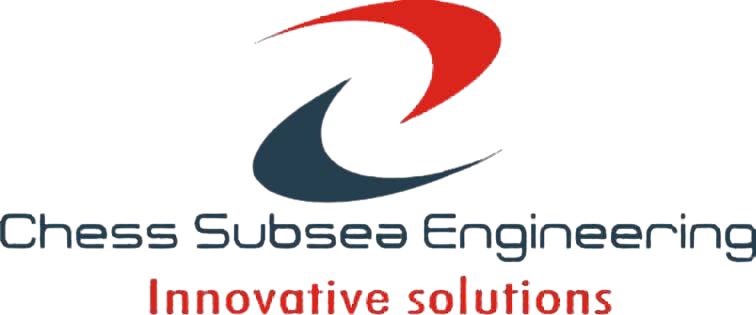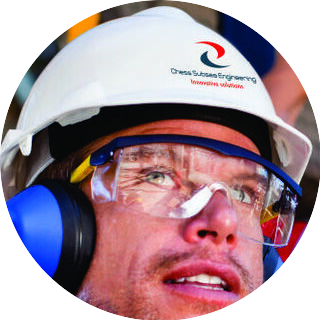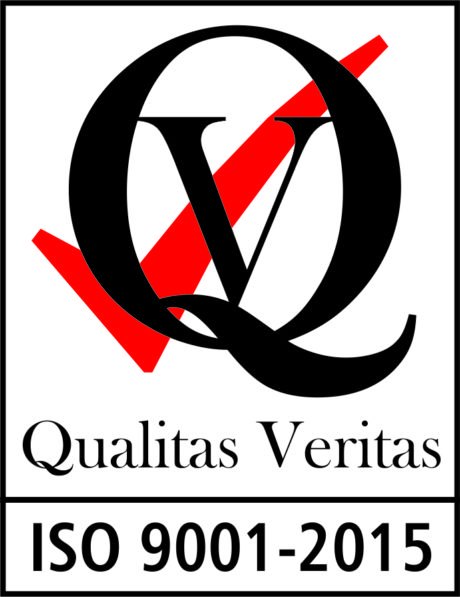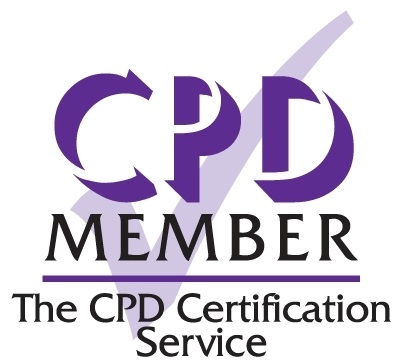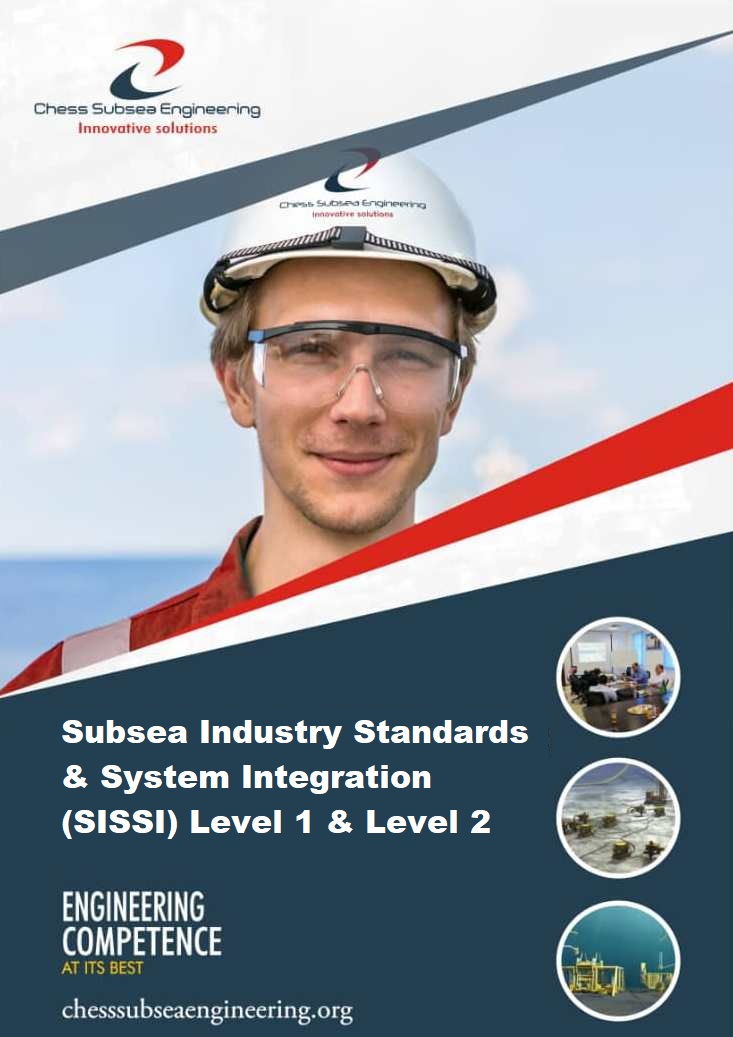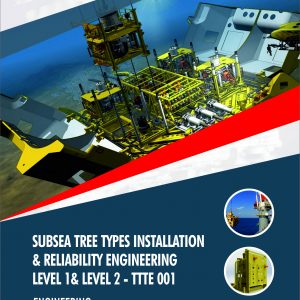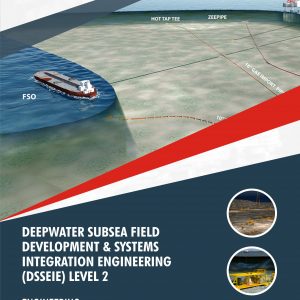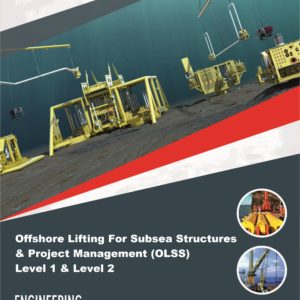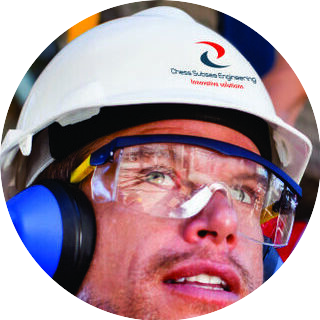Description
Subsea Industry Standards & System Integration (SISSI) Level 1 course: This course provides an introduction to the subsea industry and covers the fundamental principles, concepts, and terminology related to subsea systems. It focuses on industry standards and guidelines governing subsea operations, including design codes, safety regulations, and environmental considerations. Participants gain a broad understanding of subsea equipment, installation methods, and the importance of system integration for successful subsea projects.
Subsea Industry Standards & System Integration (SISSI) Level 2 course: Building upon the foundation of Level 1, the Level 2 course delves deeper into subsea system integration. It covers advanced topics such as subsea control systems, umbilicals, risers, flowlines, and subsea production systems. Participants learn about the design, installation, and operation of subsea systems, including the integration of various components and interfaces. The course also emphasizes risk management, reliability, and integrity of subsea systems.
Focus on Industry Standards: Both Level 1 and Level 2 courses prioritize industry standards and guidelines. Participants gain knowledge about internationally recognized codes and practices specific to subsea engineering, such as API (American Petroleum Institute) standards, ISO (International Organization for Standardization) requirements, and recommended practices from industry associations like Subsea UK or the Society for Underwater Technology (SUT). Understanding these standards ensures compliance, safety, and efficiency in subsea projects.
Practical Application: The SISSI courses go beyond theoretical knowledge and focus on practical application. Participants engage in case studies, simulations, and hands-on exercises that replicate real-world subsea scenarios. This practical approach enhances understanding of system integration challenges, troubleshooting techniques, and decision-making processes. Participants gain valuable experience in identifying potential issues and implementing solutions to optimize subsea system performance.
Industry-Relevant Certifications: Successful completion of the SISSI Level 1 and Level 2 courses often leads to industry-recognized certifications. These certifications validate participants’ competence in subsea engineering and system integration, enhancing their professional credentials. They serve as a testament to the individual’s knowledge, skills, and commitment to maintaining high standards in the subsea industry.
SISSI Level 1 & Level 2 course explores all the major aspects of processes, technologies and systems involved in subsea oil and gas production, examining the building blocks of subsea engineering, including the key components, Field Development, Wellheads, Xmas Trees and Manifolds, Pipelines, Flowlines and Risers, Subsea Control Systems, Umbilicals and Equipments, New Technologies,Governing Bodies, Subsea Industry Standards, Most Frequently Applied Standards, Other useful Standards and Commonly used Devivatives, Foundations for Subsea Standards, Intervention Systems Standards, Subsea Qualification Standards, Reliability Standards, Application of Subsea Standards, Standard Development & Management and more.
Course Outline
Subsea Production Systems
Subsea Field Architecture
Subsea Distribution Systems
Offshore & Subsea Surveys
Subsea Structures Installation and Vessels
Subsea Cost Estimation
Subsea Control Systems
Subsea Power Supply
Subsea Project Execution and Interfaces
Governing Bodies
Subsea Industry Standards
Most Frequently Applied Standards
Other useful Standards and Commonly used Derivatives
Foundations for Subsea Standards
Intervention Systems Standards
Subsea Qualification Standards
Reliability Standards
BS EN / ISO 13628 Part 6 – Subsea Production Control Systems
BS EN / ISO 13628 Part 5 – Subsea Umbilicals
BS EN / ISO 13628 Part 4 – Subsea Wellhead and Tree Equipment
Shock , Vibration and Temperature Testing
Drivers for Revised Subsea Documents
Drivers for New Subsea Documents
Current Focus Subsea Standards Areas
Application of Subsea Standards to Field Development Hydraulic Sizing
Estimation of Total Volume of Un-Compressed Fluid in the Umbilical in Liters
Estimation of Total Volume required to Open the Valve Actuators in Liters i.e. Swept Volumes
Estimation of Total volume required for Down Hole Functions in Liters
Estimation of Total Subsea Accumulation Volume in Liters
Calculate the Total Volume required at Charge-Up (System Pressurisation)
Application of ISO 13628-6 (2006) requirement for Reservoir Sizing
Technical Support Core Sectional References
Overview of the subsea industry and its significance in offshore operations.
Introduction to subsea equipment, systems, and their functions.
Overview of subsea production systems and their components.
Understanding industry standards, codes, and regulations governing subsea operations.
Overview of internationally recognized standards and guidelines (e.g., API, ISO).
Compliance with safety, environmental, and quality requirements.
Introduction to subsea terminology and nomenclature used in the industry.
Understanding key terms related to subsea systems, equipment, and operations.
Detailed study of key subsea equipment and components, such as subsea trees, manifolds, and control systems.
Functions, design principles, and operational considerations for each component.
Overview of installation, inspection, and maintenance practices.
Importance of system integration in subsea projects.
Integration challenges and considerations for subsea systems.
Case studies on successful system integration in subsea projects.
In-depth study of subsea control systems, including master control stations and subsea control modules.
Functionality, architecture, and communication protocols.
Control system design, testing, and troubleshooting.
Detailed overview of umbilicals, risers, and flowlines used in subsea operations.
Design principles, installation methods, and operational considerations.
Integrity management and maintenance practices.
Risk assessment and management in subsea projects.
Reliability and integrity considerations for subsea systems.
Failure modes and effects analysis (FMEA) and reliability-centered maintenance (RCM) methodologies.
Optimization techniques for subsea systems, including flow assurance and asset management.
Performance monitoring, data analysis, and predictive maintenance.
Case studies on optimizing subsea system performance.
Project planning, scheduling, and execution in subsea projects.
Collaboration among stakeholders, contractors, and regulatory authorities.
Industry best practices and lessons learned from subsea projects.
Assessment
Participant underpinning knowledge of subsea industry standards & system integration at masters Level 1 & Level 2 shall be accessed with short answer questionnaire at the end of the course.
Outcome
Participants will gain an in debt understanding of subsea industry standards & system integration at level 1 & Level 2. They will also be able to function with minimum supervision as Subsea Production Systems and Services (SPS&S) Systems Engineer for IOCs, offshore & subsea systems service contractor, vendor or installation company.
In addition; understands:
- International Standards, Directives and Guidelines for the Subsea Industry
- The Practices and Processes for Specifying and Sizing Topside Equipment
- Practical Application of Mathematical tools used for the Calculation of sizing Topside and Subsea Equipment
- Theoretical and Practical Execution of Valves utilised in Subsea Production Systems
- Intervention and Work-Over Systems used in the Subsea Production System environment
Professional Certificate
Issued directly by Chess Subsea Engineering Europe.
Participant may be presented for Offshore Petroleum Training Organization (OPITO) Certification.
How to Register
Click here to download registeration booklet on msword and email completed booklet to info@chesssubseaengineering.org directly.
